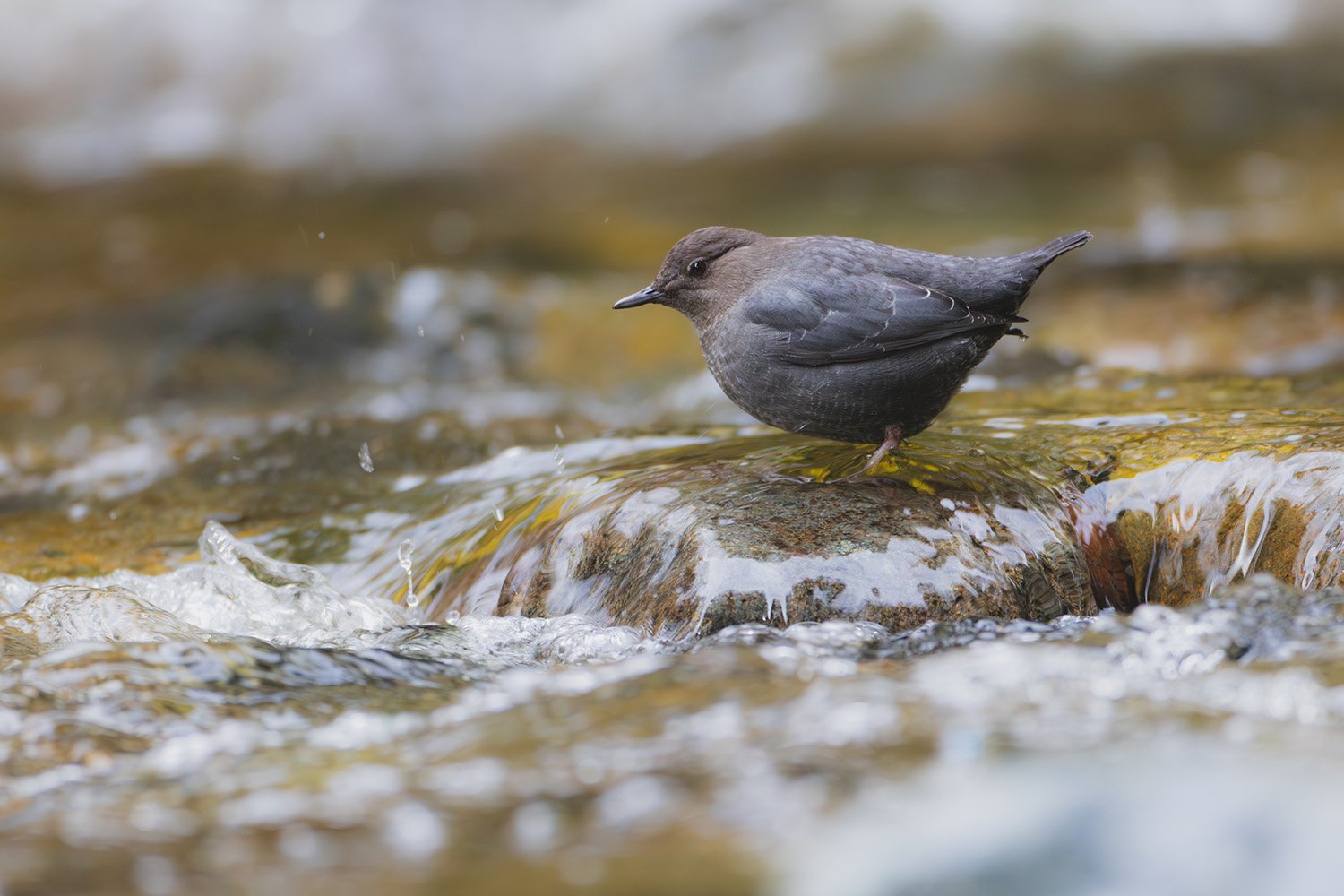Kris Cu Is a Rare Birder
/Kris Cu birding at a local wetland
Cocker’s “subclans” are: “(1) scientist, (2) ornithologist, (3) bird-watcher, (4) birdwatcher, (5) birder, (6) twitcher, (7) dude and (8) robin stroker.”
Professor Birkhead, a Fellow of the Royal Society and Professor Emeritus of Zoology at the University of Sheffield, paraphrases Cocker’s definitions: “Of these, he says, scientist and ornithologist overlap almost completely; the next four categories have much in common too, although Cocker is at pains to distinguish the bird-watcher—which he identifies as being like the train-spotter—from the birdwatcher, preferring unhyphenated authenticity, or better still, birder, the term now in common use. A twitcher, he says, is someone who, as we will see, pursues rarities, and is often considered ‘the most evil creature alive… fanatical, self-indulgent, uncaring, competitive and anti-environmental’. Dudes are posers, pretending to know more about birds than they do and universally despised by those above them in the avian hierarchy. The final sub-clan is what Cocker calls the ‘robin strokers’—those people who watch birds from their living-room window. These, he says—in case anyone thinks his term disparaging—comprise ‘the vast bulk of decent folk without whom bird conservation would have no real teeth.’”
Kris Cu finding birds at a wetland (Photo by Gabriel Swift)
A Pandemic-Inspired Reckoning
Within works of scientific scholarship, bird people can still poke fun at themselves. Kris Cu, British Columbia Outreach Specialist for Birds Canada and a scientist by any measure, goes a step further to demonstrate that birders can also be self-critical and respond with resolve.
Birding With Me nature walks in Vancouver’s Stanley Park resulted from a conscientious reflection that started in the science and conservation community during the pandemic. “Why is it that it’s mostly older white men who are birding?” Kris Cu, age 26, repeats the rhetorical question that befuddled his colleagues. “How can we make it more accessible for people of other backgrounds?
“Catering specifically to people of color meant addressing problems with accessibility and costs.” The discussions yielded creative solutions. “Today Birds Canada rents out binoculars and partnered with local libraries to loan birding backpacks, which contain binoculars. The backpacks and loaner binoculars made a Birds Canada initiative to conduct bird walks with the libraries an easy decision.”
An Avid Avian Advocate
Cu is a birding evangelist within Canada’s Filipino community. He has a Biology Degree from Simon Fraser University in Burnaby, British Columbia and serves as a BC Outreach Specialist for Birds Canada. His affection for birds predates his family’s immigration from Manila to Canada in 2012. He is the only one of three brothers who sustained the passion that was ignited by their father, Eric Cu, former member of the Wild Bird Club of the Philippines.
Since 2021, Cu has led Filipino bird walks in Tagalog and English in Stanley Park. “Birds don’t belong to me. They belong to everyone. If you find joy in something, you want to share it with others. They get jazzed up by a common bird.” Imitating a novice, he says, “Oh, I saw a house finch. It had pink streaks and it’s a songbird. Their pleasure takes me back to my early encounters with birds. It’s great to relive those experiences.”
Tagalog Bird Walk
Birds aren’t the only organisms that participants get to know on walks with Kris. “I love pointing out the trees the birds nest in the insects they eat, and mammals like river otters.” He says, “The walks bring people outside and builds their appreciation of wildlife.”
Delighting in the Ordinary
The inquisitive Filipino urges new birders to indulge their curiosity with any birds, no matter how common. “When you step outside, listen to bird calls and bird songs,” he recommends. “Observe the robin hanging out on your lawn. Hang a bird feeder and watch birds eat the seeds. Watch gulls in flight. Notice the birds in your everyday routines.”
To help a fledgling birder grow, he steers birders of all ages to Birds Canada or other nature organizations that keep a calendar of birding events on their websites. Opportunities to engage with birds abound. “The Cornell Lab of Ornithology offers the free Merlin phone app to identify birds by sound and the eBird app allows people to engage in citizen science by reporting different bird species you see outside anywhere in the world. Birds Canada has partnered with the Cornell Lab in Project FeederWatch to log birds at your feeder.”
People who enter their email addresses at his photography website are informed of upcoming birding or photography workshops.
As winter approaches, Cu suggests, “The Christmas Bird Count is close at hand and we need volunteers.”
Cu is a nature photographer, but he prefers the flexibility of binoculars in the field. “A camera requires the right light and scenery. I can use binoculars in any lighting and weather conditions.”
Spark Birds and Lifers
A conversation with a birder inevitably lands at two questions. What was the “spark bird” that ignited Cu’s interest in birds? “It has to be the American Dipper. The first one I saw was resting in a creek. Most people shrug their shoulders when they see this bird with its drab brown feathers. It’s the perfect example of why we shouldn’t judge a book by its cover. It’s incredible to see them forage for food underwater,” he says of the only songbird that dives into the water to catch insects.
The American Dipper (Photo by Kris Cu)
The second question is: What is your “lifer”?” He says the rarity he seldom sees is a brooding “Black Swift. Their nests are well hidden behind steep waterfalls. We located a colony of them in BC. It’s incredible to see something 99 percent of the population will never see.”
The Black Swift- A mysterious bird that only nests around steep waterfalls, canyons and caves (photo by Kris Cu)
Cu hopes to eventually visit the Philippines for the first time since his family moved to Canada because “the colorful Rufous Hornbill and Philippine Trogon are endemic only the Philippines.”
In the Philippines, he would also like to see a rare Philippine Eagle in the wild. His father had taken him to see one in a cage at a rescue center. Cu hopes to have Birds Canada screen the Cornell Lab documentary “Bird of Prey” to introduce Filipino Canadians to the Philippines’ national bird.
Movie night probably won’t happen in March 2024 when he weds his fiancée, Roisin Castellon. She isn’t a birder but has a special talent coveted by someone still searching for a lifer. “She’s good at finding rare stuff. We’ll be in the mountains when she sees a bird nobody else notices, and it’s a Gray-Crowned Rosy-Finch!” One reason she’s The One for him: “I rely on Roisin to find all the rare birds.”
Kris Cu and his fiancée Roisin Castellon hiking in the alpine
Anthony Maddela is a Staff Correspondent for Positively Filipino. His family members are Audubon Society members and support the Cornell Lab of Ornithology.
More articles from Anthony Maddela









